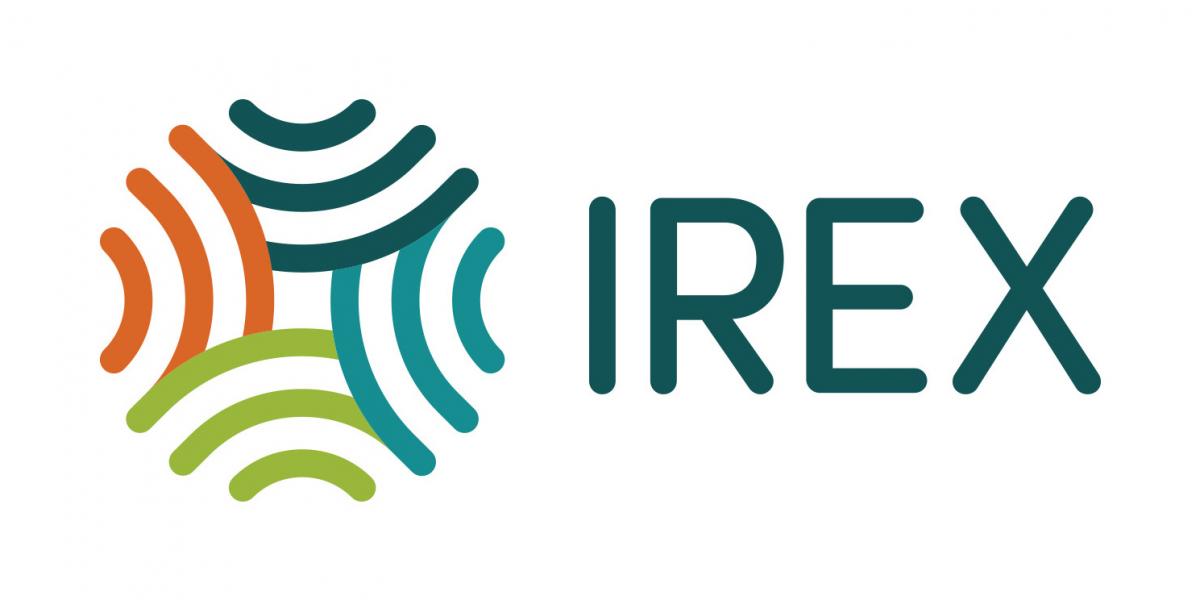Data Collection for Libraries
Data collection does not have to be overly complicated or hard! More than likely, you are already doing some form of data collection, such as observing participants at an event, speaking with participants/patrons, or simply counting the number of people in attendance. Simple yet effective data collection methods can be easily integrated into existing workflows and allow you to gather valuable data without overwhelming your limited resources. The goal of the list below is to help you collect meaningful feedback while minimizing the time and effort required from library staff and participants.
- Observation: Staff members can observe and take qualitative notes during programs/events. Develop a simple checklist to take notes and include options such as capturing participant interactions, notable conversations, or observed changes in attitudes or behaviors. While not quantitative data, these insights can still provide valuable information. This template can help: Observation Template.docx.
- Quick feedback cards: Create small feedback cards that participants can easily fill out after attending a program/event. Include a few specific questions about their experience, such as what they found valuable, suggestions for improvement, or whether they would recommend the program to others.
- TIP: An anonymous suggestion box also works well here. Participants can drop in their feedback without having to disclose their identities.
- Interactive board: Set up a physical board where participants can indicate their feedback by placing a thumbs-up or -down sign (or another symbol) next to the program/event they attended, or where participants can react to a set of questions/prompts. This provides a quick visual snapshot of satisfaction levels.
- Post-event social media polls: Utilize social media platforms to create short polls or surveys related to the program/event. Encourage participants to provide their feedback by responding to a few quick questions through likes, comments, or emoji reactions.
- Online feedback forms: Create online feedback forms using free survey tools—such as Google Forms or Microsoft Forms—that allow participants to provide their feedback anonymously. Ensure that the form does not require personal information and emphasize the anonymity of the responses.
- Brief online surveys: Develop short, anonymous post-event surveys online with user-friendly tools like Google Forms/Microsoft Forms or via paper forms. Keep the survey short and focused, asking participants about their overall experience, key takeaways, or any changes they noticed after attending the program/event. Assure participants that their responses will be kept confidential and will be used for program improvement purposes only.
- Informal conversations: Engage in casual conversations with participants during or after programs/events to gather their feedback and impressions. These informal interactions can yield valuable insights into the impact of the library's initiatives.
- Patron testimonials: Encourage participants to share their testimonials or success stories related to the library's programs/events. Collect these brief narratives and quotes to demonstrate the impact of the library's work.
- Collaborate with community partners: Work with community organizations or local schools to conduct joint evaluations or assessments. By gathering data together, librarians can pool resources and efforts, ensuring that privacy is respected and the workload is shared.
- Passive data collection: Implement passive data collection methods such as foot traffic counters, usage statistics for digital resources, or borrowing trends. This type of data can provide insights into the popularity and impact of specific programs or resources without requiring individual participation or personal information.
- External surveys or research studies: Collaborate with universities, research institutions, or external evaluators who can conduct surveys or studies on behalf of the library. These external entities can handle data collection and analysis while adhering to privacy protocols.
Remember, the key is to focus on methods that are non-intrusive, voluntary, and prioritize patron privacy. By offering various options for feedback and data collection, librarians can gather valuable insights while ensuring individuals feel comfortable and that their privacy is respected.
Other resources
- Creating Social Change Through Library Programming
- Needs Assessment
- Library Social Cohesion Impact Measure
- Observation Template
- Sample Indicators to Measure the Impact of Your Program or Activity
Learn how your library can engage in bridgebuilding activities in your community through the Bridgebuilding Resource Hub:
Get a printable version of this article.

